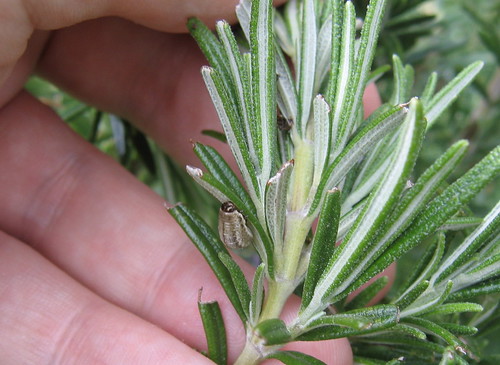I’ve been a bit freaked out by the tone and volume of the climate-change sceptics recently; they seem to be getting louder, shriller and more visible. Which really deserves a post of its own, but in the meantime, here’s another bird for advent:

That’s a Little Egret, Egretta garzetta. The photo was taken on the south coast of England, where these egrets can be seen picking their way elegantly around water margins and flying around with that ethereal whiteness that makes them such a popular subject for unimaginative poets the world over.
But in the 1950s, the closest egrets were way down in the Mediterranean. Over the next few decades, they spread up north across France, forming a particularly healthy population in Brittany; but when I started taking an interest in birds in the 80s, they were still only a vagrant to the UK. Not a particularly rare one, but still quite exciting. Then there was a particular influx in 1989, and they started being a regular sight overwintering in Dorset especially; and in 1996 they bred in England for the first time. They’re still not exactly common; the RSPB suggests there are about 150 breeding pairs and 1600 extra birds wintering here. But they seem to be solidly established and are spreading north up the coasts of Wales and East Anglia.
I’m not about to claim that the spread of one bird species across Europe is proof of global warming. Who knows how many ecological factors might affect egret populations. But then we don’t need to rely on studying the flight of the birds; we have thermometers, so we know the world is warming. We have satellite photography, so we know the arctic ice is melting. The egrets are just a particularly decorative reminder.
Seeing the spread of a once-rare bird as a portent of doom might make me seem a bit difficult to please; there’s a special irony because the Royal Society for the Protection of Birds, now the largest conservation charity in Europe, was founded to protect egrets and other birds from being hunted for their plumes. It’s like wearing fur or testing cosmetics on animals; the idea that animals shouldn’t suffer for the sake of human vanity is a fairly easy one to sell. But with climate change, we’re not just asking people to stop wearing little feathery hats, we’re asking them to change the way the whole world economy is organised. Which is rather harder.
» Egrets, I’ve Had A Few is © Rob Watkins and used under a CC by-nc-nd licence.

